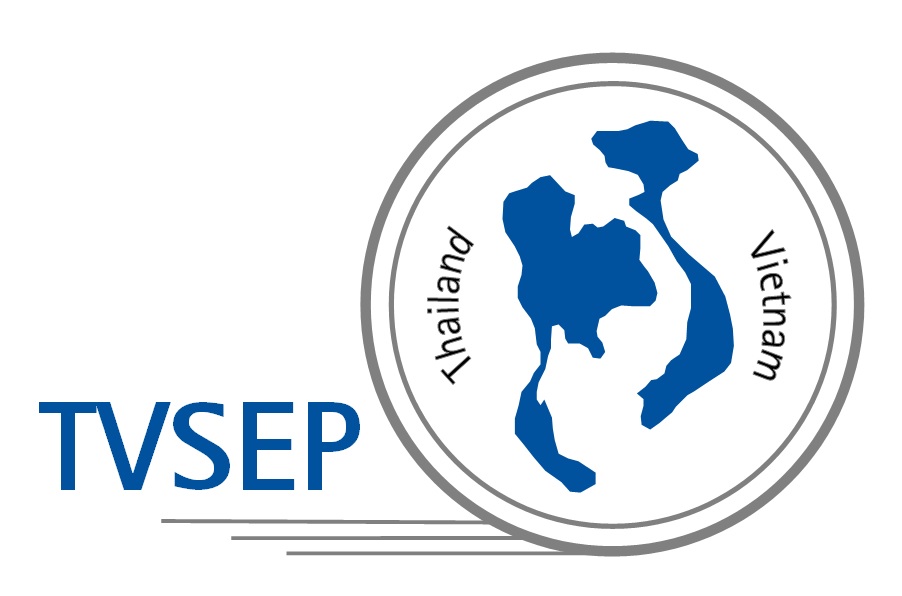Project overview
In Vietnam, approximately 80% of the population does not meet the World Health Organization’s (WHO) standard for daily consumption of fruits and vegetables (Bui et al., 2016) and consumer confidence in the safe production of vegetables is low. Consumers are particularly concerned with food risks associated with chemical residues (Hoi et al., 2009; Ngo et al., 2020). Vietnam offers a unique setting to test consumer internalization of labeling information for several reasons as few labels currently exist to signal credence attributes of vegetable products.
Three labeling options are of interest to this study: 1) no label, most conventionally produced vegetables are produced without a label, 2) a ‘pesticide-free’ label, a voluntary private party label, and 3) the VietGAP label, a certified label. Vegetables with these labels are grown and handled under different production methods and were chosen for this study as there is a seemingly clear ranking across the food safety dimension. VietGAP produce is seen as the safest production method as it maintains safe standards for pesticide application, washing, handling, storage, and transportation. While the VietGAP label is regulated and the safest option across the food safety dimension, it may be inaccessible to a majority of consumers due to its higher price and the inability of less educated consumers to understand its benefits. Pesticide-free labels specify that produce is grown without synthetic chemical pesticides but does not control for other points of contamination. Additionally, this label is a private party label with no established certification process. However, the pesticide-free label may be a more accessible label as it more easily conveys its food safety characteristic to consumers and may be less expensive than the VietGAP label. Conventionally produced vegetables are then seen as the least safe option and do not ensure a safe product across any dimension of production, handling, or transportation. Furthermore, it is possible that these labels may actually decrease vegetable consumption as the VietGAP and pesticide-free labels may signal to consumers that conventional produce is unsafe to eat. Yet, these consumers may not be able to afford the labeled products and thus choose to reduce consumption or not consume vegetables entirely.
Currently, familiarity with vegetable labeling in Vietnam is low. My et al. (2017) show that greater than 40% of those surveyed were not familiar with VietGAP certification. Consumers are rightfully concerned with conventional vegetable production practices. Pesticide use per hectare is greatest in vegetable production than all other agricultural sectors in Vietnam (Anh, 2002). Furthermore, Vietnamese consumers may be more acutely apprehensive of the overapplication of synthetic pesticides after exposure to weapons of chemical warfare such as Agent Orange during the Vietnam War. Thus, providing confidence and familiarity through widely available labels can build trust between consumers and producers/marketers.
Research objectives
This project seeks to understand the following research questions:
- To what extent do consumers properly interpret informative signals with varying information content, particularly when these signals may conflict with their prior beliefs?
- How do consumers value labeled credence goods prior to and after receiving informative signals such as the definitions of labels?
- What implications stem from updating beliefs through information provision in the short and long term?
Principal investigators
Kristin Kiesel and Ute Rink
References
Anh, D. (2002): Scientific base for proper and effective pesticide uses in Vietnam’s present context. PhD dissertation.
Becker, G. M., M. H. Degroot and J. Marschak (1964): Measuring utility by a singleresponse sequential method. Behavioral Science, 9, 226 - 232.
Bui, T. V., C. Blizzard, K. N. Luong, N. V. Truong, B. Q. Tran, P. Otahal, V. Srikanth, M. Nelson, T. B. Au, S. T. Ha, H. N. Phung, M. H. Tran, M. Callisaya, K. Smith and S. Gall (2016): Fruit and vegetable consumption in Vietnam, and the use of a ‘standard serving’ size to measure intake. British Journal of Nutrition, 116, 149 - 157.
Hoi, P. V., A. P. J. Mol and P. J. M. Oosterveer (2009): Market governance for safe food in developing countries: the case of low-pesticide vegetables in Vietnam. Journal of Environmental Management, 91, 380 - 8.
My, N. H., P. Rutsaert, E. J. van Loo and W. Verbeke (2017): Consumers’ familiarity with and attitudes towards food quality certifications for rice and vegetables in Vietnam. Food Control, 82, 74 - 82.
Ngo, H. M., R. Liu, M. Moritaka and S. Fukuda (2020): Urban consumer trust in safe vegetables in Vietnam: The role of brand trust and the impact of consumer worry about vegetable safety. Food Control, 108, 106856.




